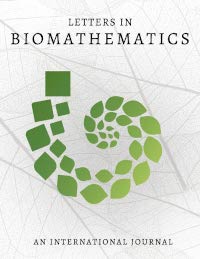Mathematical Analysis of an Epidemic Model for COVID-19
How Important Is the People's Cautiousness Level for Eradication?
DOI:
https://doi.org/10.30707/LiB9.1.1681913305.200838Keywords:
COVID-19, Cautiousness, Basic reproduction number, Stability analysis, Bifurcation, HysteresisAbstract
We construct an SIR-type model for COVID-19, incorporating as a parameter the susceptible individuals' cautiousness level. We determine the model's basic reproduction number, study the stability of the equilibria analytically, and perform a sensitivity analysis to confirm the significance of the cautiousness level. Fixing specific values for all other parameters, we study numerically the model's dynamics as the cautiousness level varies, revealing backward transcritical, Hopf, and saddle-node bifurcations of equilibria, as well as homoclinic and fold bifurcations of limit cycles with the aid of AUTO. Considering some key events affecting the pandemic in Indonesia, we design a scenario in which the cautiousness level varies over time, and show that the model exhibits a hysteresis, whereby, a slight cautiousness decrease could bring a disease-free state to endemic, and this is reversible only by a drastic cautiousness increase, thereby mathematically justifying the importance of a high cautiousness level for resolving the pandemic.
